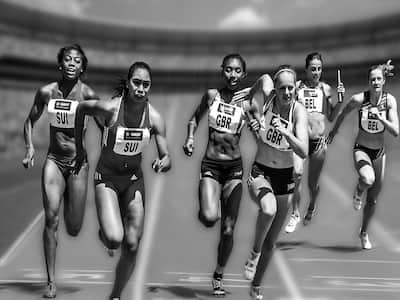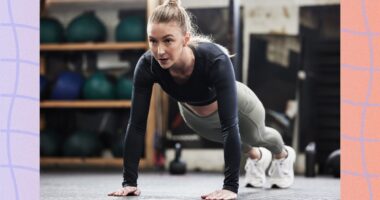
Cryotherapy may have diverse effects on athletes. Age, fitness level, and the type of sport can all affect how the body responds to exposure to cold temperatures.
The goal of every athlete is to improve performance and use recovery methods to achieve their best goals. And with that, a method called cryotherapy has appeared in recent years. Cryotherapy basically involves exposing the body to very cold temperatures for a short period of time. Although it has become a trendy practice among athletes, it is important to delve into the science behind cryotherapy and understand its potential impact on athletic performance.
Cryotherapy can come in different forms, including whole body cryotherapy (WBC) and local cryotherapy. WBC typically involves entering a chamber with temperatures ranging from -100 C to -140 C for several minutes. Local cryotherapy, on the other hand, targets specific areas of the body using methods such as ice packs or cold air. The goal of cryotherapy is to stimulate vasoconstriction, reduce inflammation and, if possible, stimulate the body’s natural healing processes.
Impact On Athletic Performance
Cryotherapy proponents contend that athletes can gain a variety of advantages from exposure to freezing temperatures, including:
Reduced inflammation
Colder temperatures can aid in lowering inflammation by reducing blood flow to the injured area. For athletes recovering from strenuous training sessions or injuries, this can be especially helpful.
Improved Recovery
By lessening muscle aches and promoting the clearance of waste materials, cryotherapy is thought to speed up the rehabilitation of injured muscles. Athletes might be able to recover more rapidly for their upcoming practice or competition as a result.
Relieving Pain
By momentarily inhibiting pain impulses and numbing nerve endings, cold therapy may help people with pain. For athletes who are suffering from recent injuries or persistent discomfort, this can be helpful.
Performance Boosting
According to some research, cryotherapy may boost athletic performance by boosting alertness, triggering endorphin release, and possibly improving oxygen transport to muscles.
Let’s Explore The Scientific Support And Factors!
Although many athletes attest to the advantages of cryotherapy, there are a number of things to keep in mind since the scientific research is still developing.
READ RELATED: World Heart Day 2023: Underappreciated Employees In Toxic Work Spaces May Be At High Risk Of Heart Diseases
Limited Amount Of Research
There is some evidence that cryotherapy can reduce inflammation and provide temporary pain relief, but further studies are required to determine whether it consistently improves athletic performance.
Personal Reactions
Cryotherapy may have diverse effects on athletes. Age, fitness level, and the type of sport can all affect how the body responds to exposure to cold temperatures.
Time And Dose
There is still research being done to determine the ideal frequency, length, and timing of cryotherapy sessions. Too much exposure to the cold may have a negative impact on how well muscles work.
Potential Risks
Extremely cold temperatures can pose risks, including frostbite or skin burns if not properly administered. It’s crucial to follow guidelines and work with trained professionals.
Conclusion
Undoubtedly, sportsmen looking for novel approaches to enhance their performance and recovery are interested in cryotherapy. Despite the practice’s potential advantages, it’s crucial to approach it objectively and seek the advice of sports medicine specialists or medical professionals. Athletes can choose wisely whether to incorporate cryotherapy into their training and recuperation regimens since science underlying its effects is still being uncovered. They are constantly looking for an advantage to exceed their limits in the competitive world of sports. Cryotherapy may provide one such option, but wise choices should be made in light of a variety of factors, including each person’s unique requirements and the advice of respected industry professionals.
Total Wellness is now just a click away.
Follow us on
Don’t Miss Out on the Latest Updates.
Subscribe to Our Newsletter Today!
window.addEventListener(‘load’, (event) => {
$(‘#commentbtn’).on(“click”,function(){
(function(d, s, id) { var js, fjs = d.getElementsByTagName(s)[0]; if (d.getElementById(id)) return; js = d.createElement(s); js.id = id; js.src = “//connect.facebook.net/en_US/sdk.js#xfbml=1&version=v2.3”; fjs.parentNode.insertBefore(js, fjs);}(document, ‘script’, ‘facebook-jssdk’));
$(“.cmntbox”).toggle();
});
});









